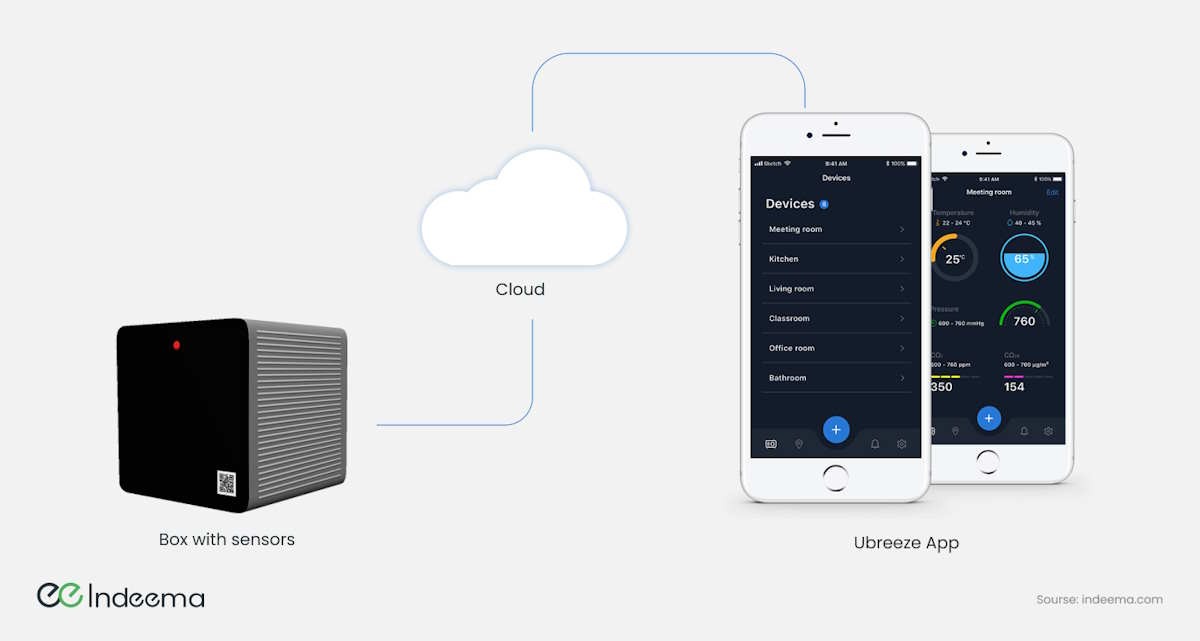The world of yachts is witnessing a remarkable transformation, and Turkish yachts are at the forefront of this change. Known for their rich history in shipbuilding, Turkey is now embracing modern technology to create some of the most sophisticated and luxurious yachts. This article delves into the high-tech marvels that are setting Turkish yachts apart, showcasing how they are not just about opulence but also about innovative advancements in maritime technology.

Today, Turkish yachts symbolize a harmonious blend of tradition and technology. They offer a unique sailing experience that combines luxurious comfort with cutting-edge features, making each journey unforgettable. As we explore these technological wonders, we’ll see why Turkish yachts are making waves in the maritime world.
The Evolution of Turkish Yacht Building
Turkey’s yacht building industry, deeply ingrained in a rich maritime heritage, has seen a remarkable transformation, positioning the country as a global leader in yacht construction. In 2023, Turkey emerged as the second largest shipbuilding nation, boasting about 25% of the world’s shipyards.
This success is attributed to a blend of historic craftsmanship passed through generations and advanced modern technologies. The collaboration between Turkish shipbuilders and world-renowned yacht designers has led to the creation of innovative, high-quality yachts. Advanced shipyards like Dunya Yacht, equipped with cutting-edge facilities, underscore the commitment to quality, utilizing superior materials and technology to produce yachts that meet the highest industry standards.
Cutting-Edge Technologies in Turkish Yachts
The yacht charter experience in Turkey is a journey through the pinnacle of maritime luxury and technological advancement. Esteemed Turkish shipbuilders, such as Turquoise Yachts, Bilgin Yachts, and Numarine, have cemented the country’s reputation in the international yacht building arena. Their dedication to innovation and craftsmanship is evident in the creation of some of the world’s most sophisticated and luxurious yachts.
- Numarine, based in Gebze, Turkey, is a testament to this innovation with its luxury motor yachts. The Numarine 32XP, in particular, stands out with its exceptional sundeck and beach clubs, showcasing a fusion of luxury and high-end technology.
- Turquoise Yachts demonstrates its innovative approach with the use of a floating dock for yacht transportation between facilities. Their 238-foot superyacht QUANTUM OF SOLACE, notable for its double-height atrium in the main salon, is a prime example of their advanced capabilities. Bilgin Yachts, emphasizing in-house manufacturing, employs over 400 skilled craftsmen.
- The superyacht TATIANA, with its bullet-shaped bow, two-level beach club, pools, bars, and cinema, is a remarkable display of the harmonious blend of luxury and cutting-edge technology.
These examples of Turkish yacht building excellence illustrate why Turkey is an influential player in the global luxury yacht market, offering an unparalleled yacht charter experience.
Sustainability and Innovation in Design
The Turkish yacht building industry is increasingly focusing on sustainability, blending traditional craftsmanship with environmentally friendly practices. This shift is evident in the construction of vessels like the M/Y Tatiana by Bilgin Yachts, which is built in compliance with IMO Tier III certification and features a special exhaust system providing 100% clean air emissions. Similarly, the adoption of eco-friendly practices is notable in traditional Turkish sailing vessels, which have incorporated solar panels, eco-friendly materials, and water conservation techniques. These innovations not only minimize environmental impact but also represent a harmonious union of time-honored boatbuilding traditions with modern sustainable practices, allowing for responsible enjoyment of the seas.
In the luxury gulet sector, a significant move towards sustainability can be seen. Modern gulets are equipped with advanced air conditioning systems powered by efficient batteries and silent generators, emphasizing environmental responsibility alongside luxury. These vessels also feature effective waste management systems, including waste separation, recycling, and disposal, as well as the use of biodegradable cleaning agents and toiletries. These features showcase a commitment to preserving Turkey’s beautiful coastlines and marine ecosystems, providing a serene and sustainable sailing experience.

The Turkish Yacht Experience: Luxury and Comfort
Turkish luxury yachts are renowned for their high-end amenities, superb cuisine with personalized food menus, and exceptional service. The gulets, a traditional Turkish sailing vessel, offer a luxurious atmosphere with spacious decks and comfortable cabins. These vessels are a blend of great value and quality, providing an ideal setting for both relaxation and adventure.
The Meira, a 54.5-meter yacht, exemplifies the epitome of luxury in Turkish waters. It features a spacious deck with a Jacuzzi, indoor sauna, massage rooms, and has been awarded for being a modern motor sailor. The yacht emphasizes a modern and fresh appearance, with 6 spacious cabins equipped with personal tablets for controlling various onboard features, catering to the most discerning guests.
Halcon del mar, another ultra-luxury yacht, stands out with its expansive space, timeless design, and elegant furnishings. It is notable for being a design and engineering masterpiece, offering amenities like a jacuzzi on deck and ample leisure space. This gulet is ideal for groups seeking a luxurious and comfortable yacht experience, accommodating up to 16 guests with a high standard of quality and services.
The Global Impact of Turkish Yachts
- Strategic Location: Istanbul’s historical role as a bridge between Asia and Europe and its strategic location have been pivotal in establishing Turkey’s reputation in global shipbuilding.
- Technological Advancement: Turkish shipyards, like Turquoise Yachts and Bilgin Yachts, are renowned for producing technologically advanced boats, contributing significantly to the country’s international standing in yacht construction.
- Growing Popularity in the West: Numarine, a prominent Turkish shipyard, has seen increasing popularity in North America, reflecting the global appeal of Turkish yachts. The shipyard’s capacity to build up to 50 motor yachts per year and their luxury features, like best sundecks and beach clubs, showcase Turkey’s competitive edge in the market.
Turkish shipyards are not only centers of innovation and luxury but also play a significant role in Turkey’s economy. Companies like Bilgin Yachts and Turquoise Yachts have established Turkey as a key player in the super luxury yacht production, with Bilgin Yachts operating four shipyards throughout Istanbul and Turquoise Yachts’ innovative floating dock. These developments symbolize the blend of traditional craftsmanship and modern technology, securing Turkey’s place as a major contender in the global yacht market.






























